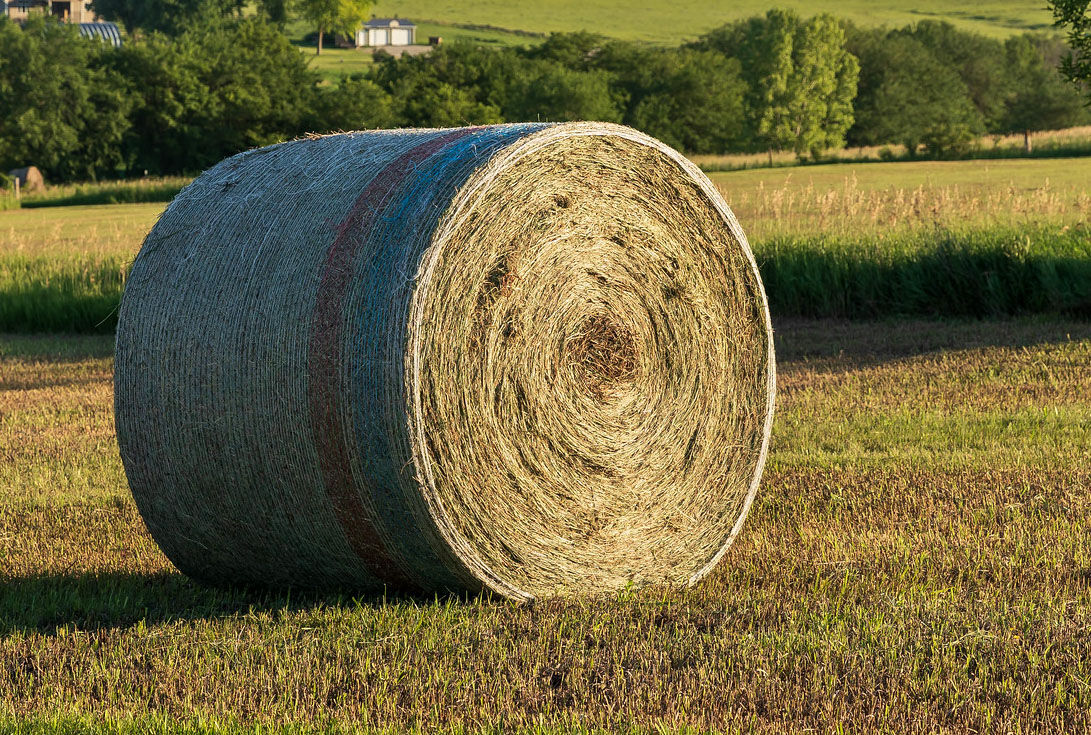State-By-State Hay Summary

Colorado—In the Oct. 3 report, trade activity and demand light. Large 3×3 squares of alfalfa hay sold $14.50/bale higher and grass mix was $10/bale higher. According to the NASS Colorado Crop Progress Report for week ending Sept. 29, alfalfa third cutting 84%, fourth cutting 38%. Stored feed supplies were reported as 4% very short, 7% short, 79% adequate, and 10% surplus. Corn harvested for silage is 69%.
Missouri—In the Oct. 3 report, compared to last report, the tremendous growing season early in the year provided great hay yields and supplies remain heavy with a lot of hay being offered to the market. Hay prices are steady to weak. The supply of hay is moderate to heavy, and demand is light. Statewide 86 percent of pastures are still rated as fair or better.
Nebraska—In the Oct. 3 report, compared to last report, bales of alfalfa and grass hay steady. Ground and delivered hay steady. Alfalfa pellets in the Platte Valley steady and in the east sold steady to $10 lower. Some producers are finishing up with fourth cutting alfalfa. Quite a few people produced small square bales of fourth cutting alfalfa across the state this year.
Oklahoma—In the Sept. 27 report, compared to the last report, drought continues to grow and needs timely rain across Oklahoma. The point where the grass has stopped growing has been reached, and producers are beginning to count hay bales to prepare for fall and winter. Even with the drought, the hay trade is at a standstill. Oklahoma continues to see hay prices drop again this week. Next report will be released Oct. 11.
Texas—In the Oct. 4 report, compared to last report, hay prices are mostly steady across all regions. Hay movement and demand remain limited. Producers in the south have received some timely rains allowing for a third cutting despite irrigation water being shut off to the valley following second cutting. The majority of the hay put up in that region has been in the utility to fairy category, but some higher quality hay is beginning to hit the stacks now. Producers in the far west are experiencing drought conditions. Next report will be released Oct. 18.
South Dakota—In the Oct. 3 report, compared to last report, demand and movement for all hay has been extremely slower than normal, producers are saying it has been quiet. According to the U.S. Drought Monitor website, South Dakota has 13% normal soil moisture, 87% abnormally dry soil, 41% moderately dry soil, 13% severe dry soil, 2% extreme drought soil moisture.
New Mexico—In the Oct. 4 report, compared to last week, hay is steady demand is light with not much movement. According to the NASS, New Mexico Crop Progress report for Sept. 29, nearly all New Mexico producers saw adequate to abundant moisture last week. Alfalfa hay is in the fifth cutting with 80% complete, sixth cutting 15% complete.
Wyoming—In the Oct. 3 report, compared to the last report, hay sold steady on a thin test of the market. Cubes and pellets steady. Demand is light to moderate. Dry, hot windy days continue across most of the state. Some cattlemen are starting to look around for hay. Bulk of this week’s supply going to out of state buyers several states away. Bulk of the small squares and some large square bales going to horse owners.
Montana—In the Oct. 4 report, compared to last report, Hay sold mostly steady. New crop hay continues to see slow, but steady movement. A few old crop hay sale continue to move as a few producers are still trying to sell the last of last years hay crop. This class of hay is moving at steady money. Many locations continue to report lots of fall regrowth as weather conditions continue to be seasonally warm. Warm weather has also helped put up an excellent third cutting as a long period of dry, warm weather has been seen following the last weather system that brought rain to the state. Much of the Western and Central portions of the state are in the middle of third cutting, while the eastern and southern portion of the state are finishing up third.



